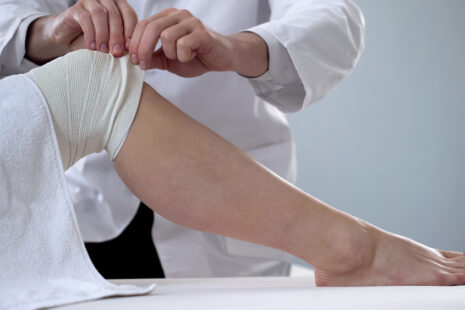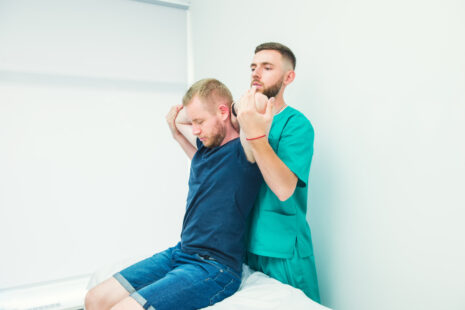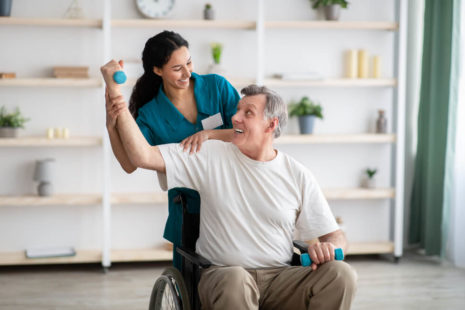Gymnasts commonly deal with ripped or torn hands due to the rigorous training and the friction generated by gripping bars, rings, and other equipment.
Healing ripped hands typically involves several steps…
- Cleaning the Wound – The first step is to gently clean the ripped area with mild soap and water to remove any dirt or debris that may have accumulated.
- Applying Antiseptic – After cleaning, applying an antiseptic solution, such as hydrogen peroxide or rubbing alcohol, can help disinfect the wound and prevent infection.
- Protecting the Wound – To protect the ripped area and promote healing, gymnasts often apply a thin layer of antibiotic ointment or petroleum jelly. This helps to keep the wound moist and prevents it from drying out and cracking further.
- Covering the Wound – Depending on the severity of the rip, gymnasts may choose to cover the wound with a bandage or adhesive strips to provide an extra layer of protection and prevent further irritation.
- Rest and Recovery – Giving the hands time to rest and recover is essential for healing ripped hands. This may involve avoiding activities that put strain on the hands, such as gripping bars or rings, until the skin has healed properly.
- Moisturizing – Keeping the hands moisturized with a gentle hand cream or lotion can help prevent the skin from drying out and cracking further, promoting faster healing.
- Avoiding Further Irritation – During the healing process, it’s important to avoid activities or movements that could further irritate the ripped area. This may include avoiding excessive gripping or friction on the hands until the skin has fully healed.
- Gradual Return to Training – Once the skin has healed and the rip has healed sufficiently, gymnasts can gradually reintroduce training activities that involve gripping and pressure on the hands. However, it’s important to listen to your body and avoid overdoing it to prevent re-injury.
Healing ripped hands requires patience, proper care, and allowing sufficient time for the skin to heal properly before returning to full training intensity.




